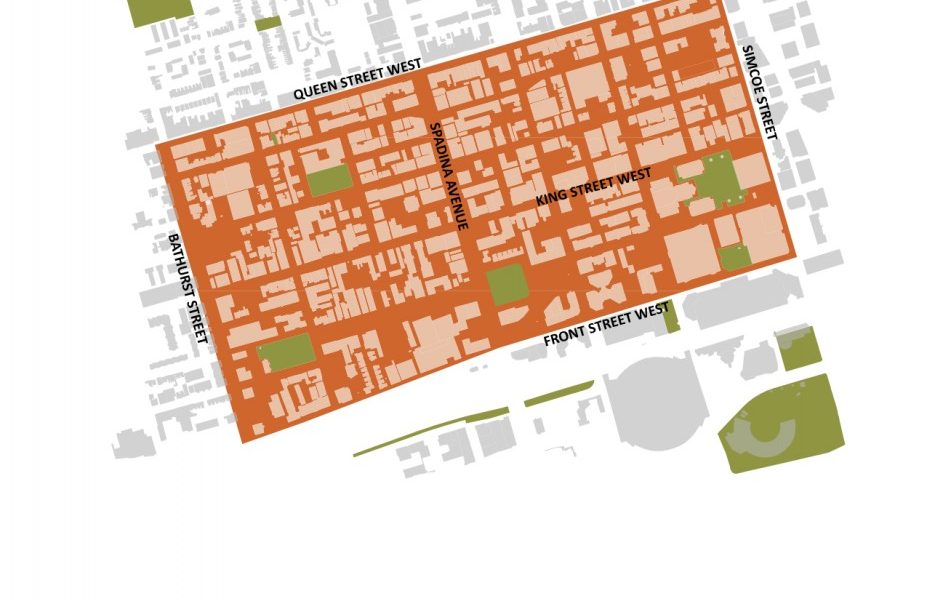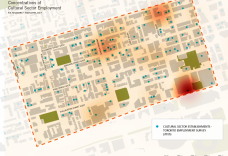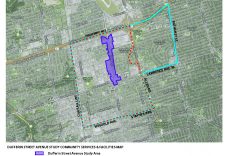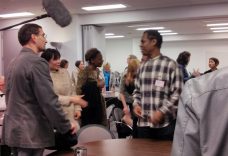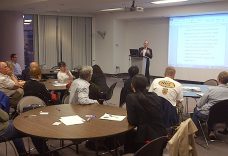King-Spadina Cultural Spaces Retention Study
The King-Spadina area is home to Toronto’s greatest concentration of cultural work—due, in part, to the fact that many of the area’s historic industrial buildings have offered affordable work spaces attractive to artists, designers and cultural entrepreneurs. The area is also a hotbed of development, expected to grow by more than 25,000 new residents over the next 10 years. Cultural spaces contribute to the energy, identity and appeal of the Toronto’s downtown, but substantial redevelopment, rising real estate prices and increasing property taxes are putting pressure on these spaces and the people and organizations that use them.
The King-Spadina Cultural Spaces Retention Study was initiated in July 2016 to assist the City of Toronto in developing policies to retain and grow cultural spaces and culture sector employment in the King-Spadina area in this period of unprecedented growth. R.E. Millward + Associates developed a definition of cultural space(s) for use in City policy, assessed existing conditions of cultural spaces in King-Spadina and uncovered challenges and opportunities for retaining and growing cultural space and culture sector employment in the area. The study blends qualitative interviews with stakeholders across arts and culture, real estate and government with cultural mapping and policy analysis. Recommended policies and actions cover a range of new directions, addressing property tax assessment for non-profit cultural spaces and arts incubators charging below market rent; land use policy; building design and heritage retention; community benefits; data collection, consultation and outreach; and other opportunities for municipal leadership. Ultimately, it provides policy and program recommendations aimed at sustaining and expanding cultural space as both King-Spadina and downtown Toronto continue to grow. This study was prepared to support creative sector strategies under development for the City of Toronto Secondary Plan for the Downtown Core (2018-2041) and the King-Spadina Plan.
Partners
City of Toronto
Dr. Shoshanah B.D. Goldberg-Miller, Ohio State University
Client:
City of Toronto – Economic Development and Culture Division, (Arts and Culture Services); City Planning Division
Services:
Neighbourhood Plans
Date:
2016 – 2017
Location:
Toronto


